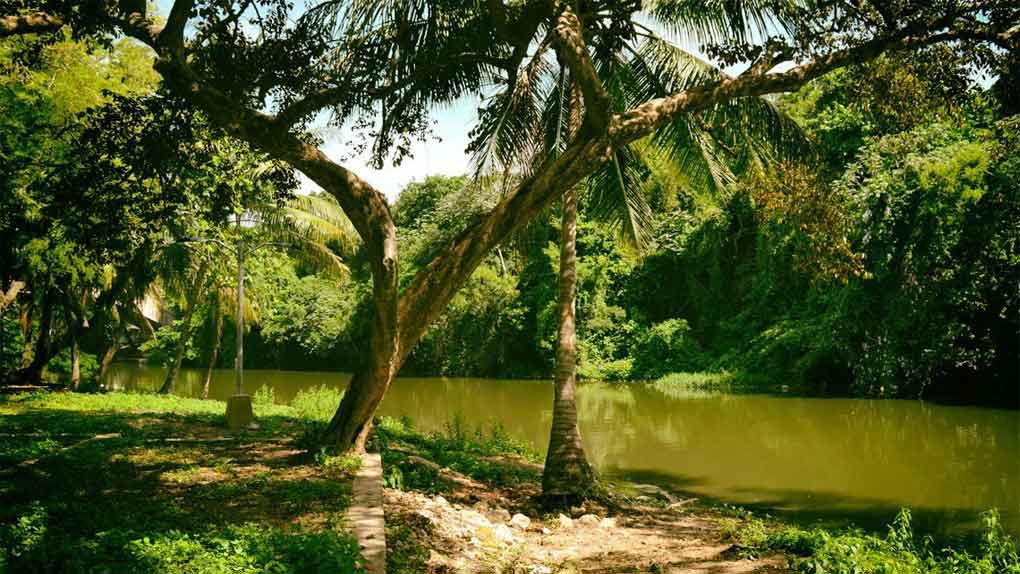
The digital media outlet Cubadebate refers to the topic based on reports from the National Office of Statistics and Information (ONEI, for its acronym in Spanish) and other official sources.
It indicates that forests are fundamental ecosystems for climate regulation, soil protection, and oxygen production. In Cuba, you can find everything from tropical rainforests to pine forests, each with favorable characteristics for the conservation of endemic species.
The tropical rainforest, for example, is found in areas such as Moa and Sierra Cristal, where rainfall is frequent; while pine forests predominate in mountainous regions and are composed of trees adapted to harsh climatic conditions.
Cuba has more than 6,000 species of plants. Among the most common trees are the mastic, cedar, mahogany, and ceiba, as well as the royal palm and the cana palm, abundant in UNESCO-recognized biosphere reserves such as the Sierra del Rosario and the Cuchillas del Toa.
The country is also home to one of the largest mangrove forests in the region, covering more than 5 percent of the entire territory, and serving as a natural barrier against tides and erosion.
Furthermore, deforestation is a phenomenon that is advancing due to three main causes in the largest of the Antilles: land use for agriculture, the expansion of human settlements, and fires.
The country's southern coast is one of the most vulnerable areas to this problem. United Nations projections indicate that, without intervention in this region, some 21 coastal communities could disappear from the archipelago by the end of the XXI century, and more than 98 will be seriously affected.
Regarding forest fires, from January 1 to March 3 of this year, 136 incidents were recorded, destroying 813.14 hectares, according to data from the Cuban Forest Ranger Corps.
Pinar del Río was the most affected province, with 30 fires that damaged 479 hectares of forest, followed by la Isla de la Juventud and Cienfuegos.
In March, two large fires were reported: one in Torre Vieja, Pinar del Río, which burned 400 hectares, and another in Los Ñames de Guamuta, Holguín, which affected more than 80 hectares.
Since the early years of the Revolution (1959), the government has undertaken a gradual reforestation, which increased forest coverage from 14 percent at that time to 31 percent in 2018.
To present the most recent results of this indicator, the ONEI published the report " Forestry in Cuba," with data updated up to 2024.
According to the report, last year, 3,750.3 hectares of forests were rebuilt and 19,954.8 hectares were promoted, primarily in Camagüey, Santiago de Cuba, and Pinar del Río. However, the planted area in the country decreased from 12,615.9 hectares in 2020 to 8,191.7 hectares in 2024.
In this case, the province with the largest planted area was Santiago de Cuba, with 1,929.8 hectares; followed by Holguín, with 1,152.7 hectares; and Guantánamo, with 1,141. Seedling production also experienced a gradual decline in the last five years, falling from 24,772.7 units in 2020 to 14,753.7 in 2024.
Initiatives such as firebreaks (strips of land cleared of vegetation to prevent the spread of fires) were also less common than in previous years. The territories that most developed this method were Santiago de Cuba, Guantánamo, and Holguín.
The comprehensive report demonstrates the capacities and official concern for this issue in terms of its influence on the national economy.
It also indicates that recently, in March 2024, the Law on the Natural Resources and Environment System came into force, establishing principles for environmental management and reducing the impact of global warming.
And it concludes by explaining that the call now is to comply with the provisions of these regulations, to record better indicators for the development and conservation of Cuban forests, a fundamental ecosystem as a source of resources, biodiversity, and a supply of clean air and water. (Text and photo: PL)